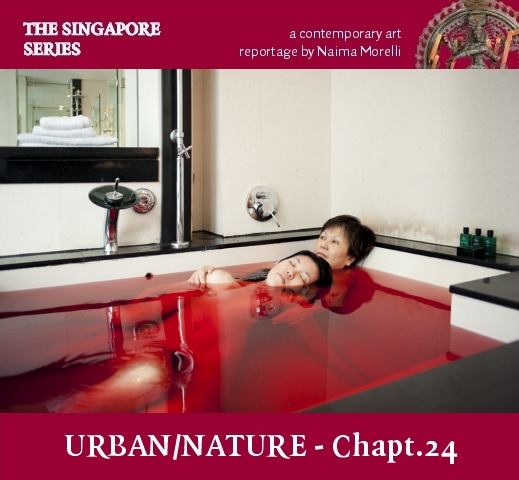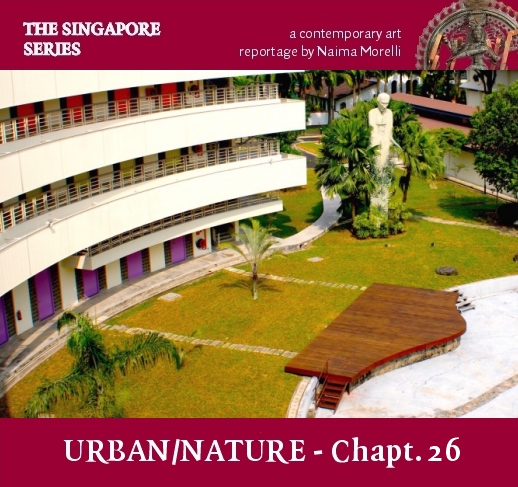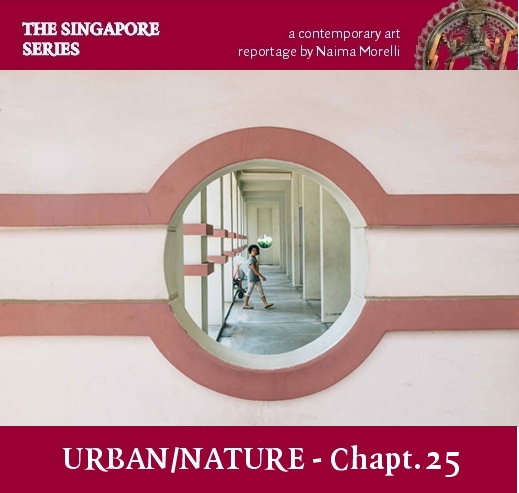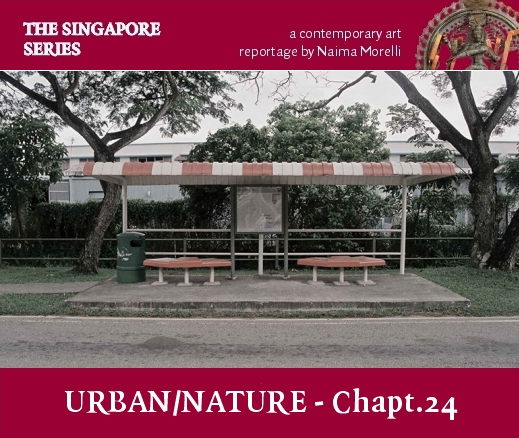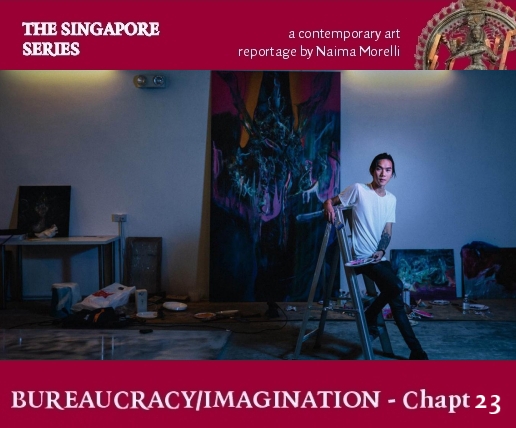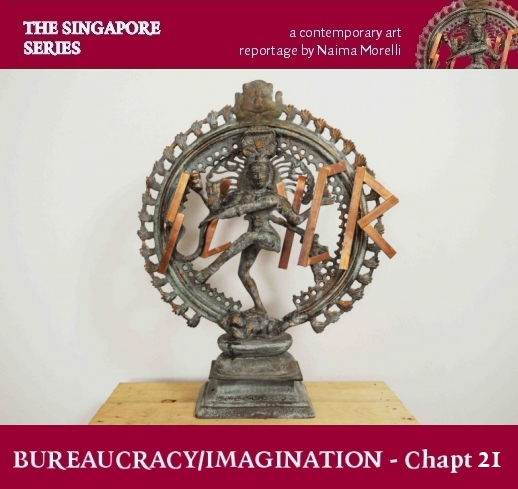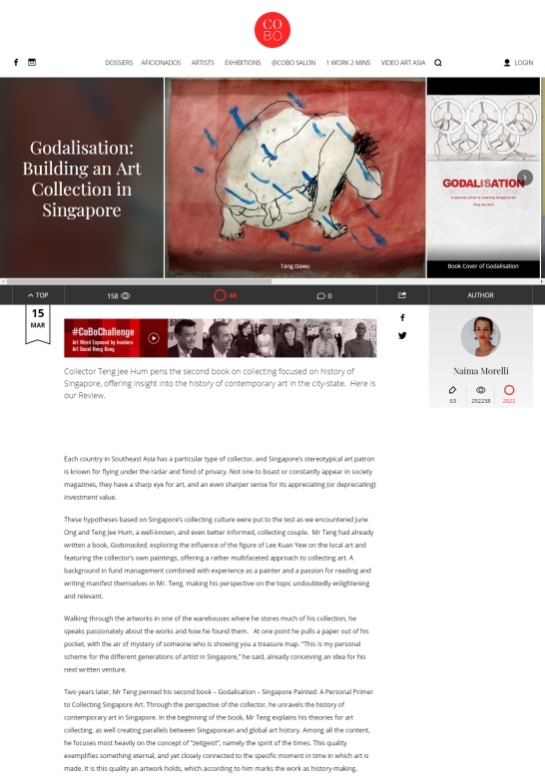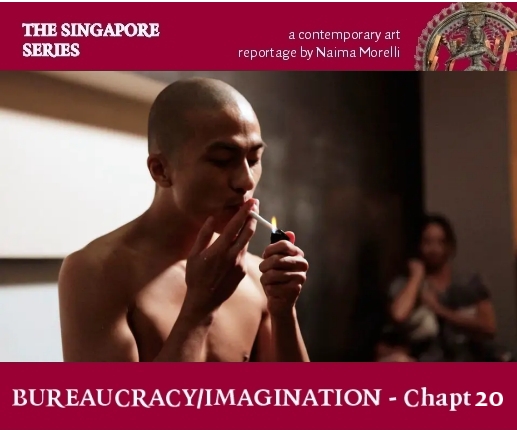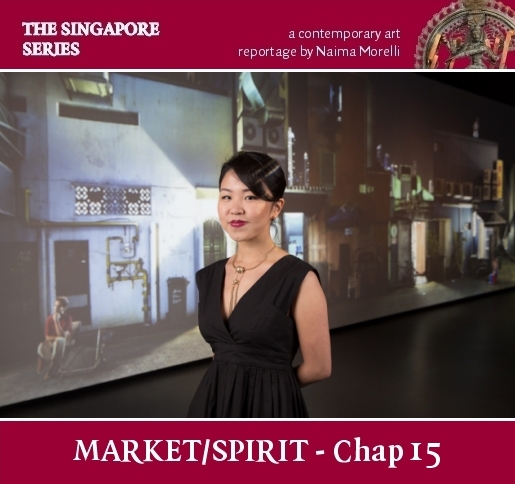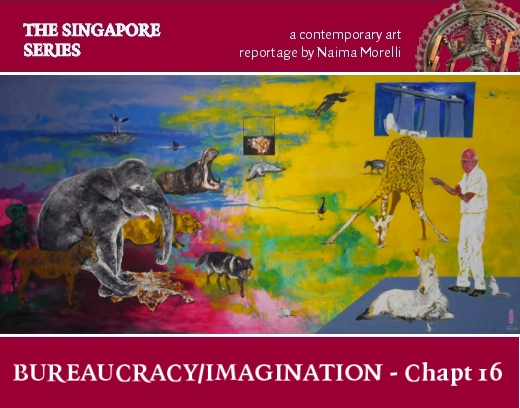
Take a guess: what is the opposite of artwork? It is paperwork. Whereas the artwork is open-ended, a spreadsheet is self-contained. In other words, the artwork is an object that dispels the notion of identity of objects; a notion which nonetheless is so useful for us to go around the world. We think about a bottle based on its function of containing and pouring liquid. But try to go to Swanston Street, Melbourne on Saturday night, and you’ll see how that a bottle can become a dangerous weapon. For the same reason, we are always very careful to not let kids pick up objects that are potentially dangerous, because children are oblivious to the categories that us adults create for objects and things.
While living outside the categories in everyday life is potentially dangerous – you’d be called a crazy person – the blurring and crossing over of categories is what allows creativity and imagination to happen. Kids are imaginative because they are ultimately approaching things as they are. Infinite. The truth is that things do offer themselves to ambiguity. Contemporary art is particularly apt to prove that.
While ambiguity is inherent in all objects within our reality, we have countless examples of artists that emphasize that notion in their work. To remain in contemporary Southeast Asia, think about Indonesian artist Wiyoga Muhardanto, whose entire process consists of combining two contrasting meanings – for example merging an Apple computer design to an old typewriter, or fusing a fashionable bag with old saggy skin – thus opening up multiple interpretations for the object. We have of course other examples in the milestones of art history, such as Duchamps’ upside-down urinal or Magritte’s “Ceci n’est pas une pipe”. Not by chance, Magritte was part of the surrealist movement, which was all about playing around with objects, subverting their meaning. Surrealists were also very keen on studying dreams – that door to our psyche where things happen outside of logic and the rational realm. In that world, the categories crumble. Our way of thinking about things by free association becomes the reality that happens before our eyes, which is a form of truth – as often madness is.
Read More
